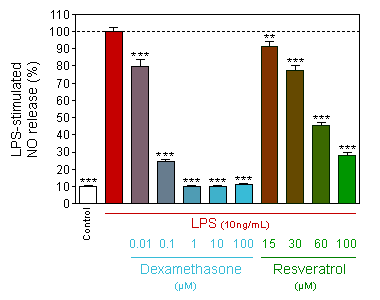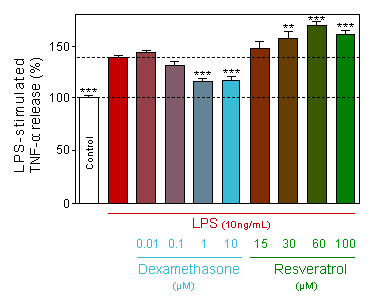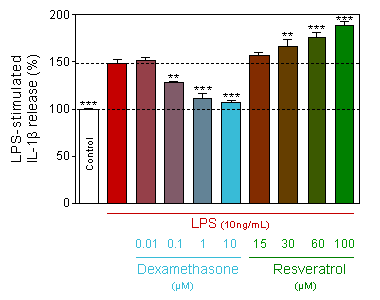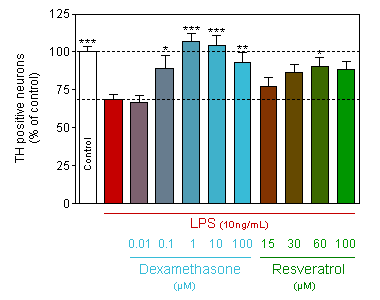Cellular model of BRAIN INFLAMMATION
in rat GLIA-MESENCEPHALIC NEURONS culture
-
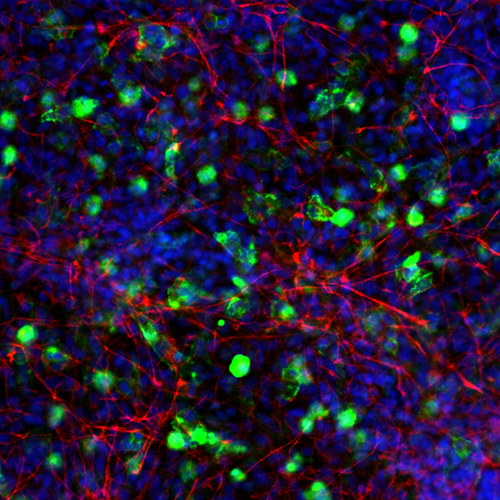
-
Presentation
- Neuroinflammation is now recognized as a critical process in different neurodegenerative diseases such as Alzheimer's disease, Parkinson's disease, stroke, multiple sclerosis...
Astrocytes and microglia are key players in neuroinflammation since they release wide variety of proinflammatory mediators, including nitric oxide, cytokines and chemokines.
- Neuroinflammation is now recognized as a critical process in different neurodegenerative diseases such as Alzheimer's disease, Parkinson's disease, stroke, multiple sclerosis...
-
Compound testing
Compound testing addresses the ability of test compounds to inhibit the effect of LPS on production of neuroinflammatory factors such as nitric oxide (NO) and cytokines and on neuronal death.
-
Endpoints
☐ NO release
☐ Release of proinflammatory cytokines (TNF-α and IL-1β)
☐ Neuronal death
-
Release of nitric oxide (NO) in LPS-activated cocultures
-
Resveratrol and dexamethasone inhibit in dose-dependent manner the NO release by LPS-activated cocultures.
-
Release of proinflammatory cytokines TNF-α and IL-1β in LPS-activated cocultures
-
Effect of resveratrol and dexamethasone on the TNF-α release induced by LPS in mesencephalic cocultures. -
Effect of resveratrol and dexamethasone on the IL-1β release induced by LPS in mesencephalic cocultures.
-
Neuronal death in LPS-activated cocultures
-
Resveratrol and dexamethasone dose-dependently inhibit neuronal death in LPS-activated cocultures.
You could also be interested in
-
Collagen-induced Arthritis in the rat
Rheumatoid arthritis is a widespread, chronic inflammatory disease and has several pathological features of autoimmune disease.
Carrageenan mouse air pouch
Acute inflammation is often characterized by symptoms such as redness, heat, swelling and/or pain..
Viability and survival tests
The survival test exploits the natural tendency of cells to die in culture and is therefore used to assess the neuroprotective properties of compounds.
-
Delayed-Type Hypersensitivity in the rat
The DTH reaction is determined by measuring the increase in the pinna ear thickness 24 hours after the ovalbumin challenge.
MBP-Induced EAE in the rat
EAE is a commonly used animal model which shares some degree of similarities with human multiple sclerosis.
RR-EAE in the rat
Relapsing/Remitting Multiple Sclerosis is the most frequent form of Multiple Sclerosis.
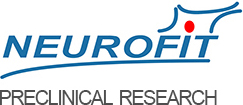
 NO release
NO release NO release
NO release